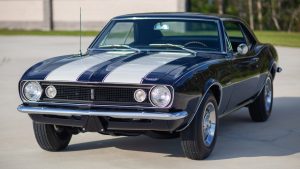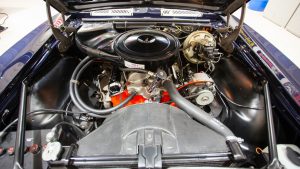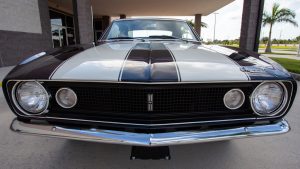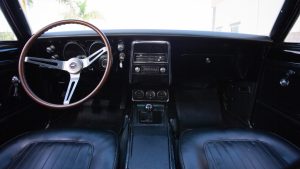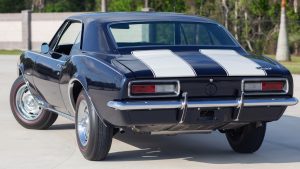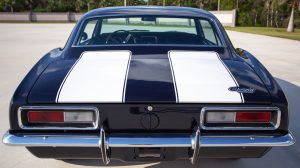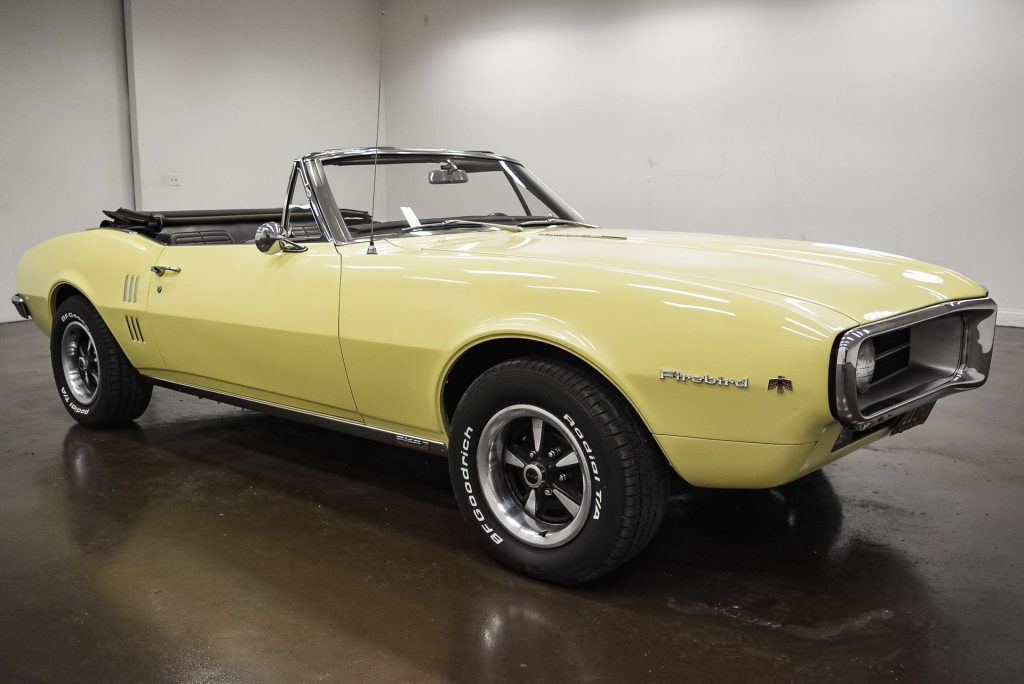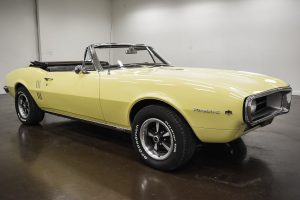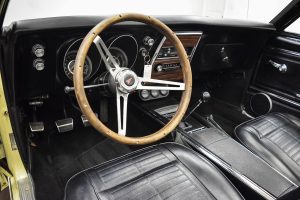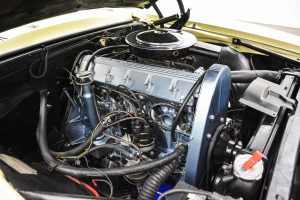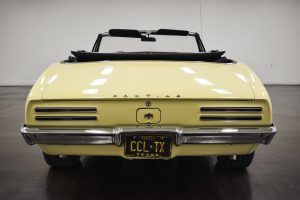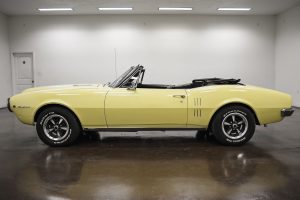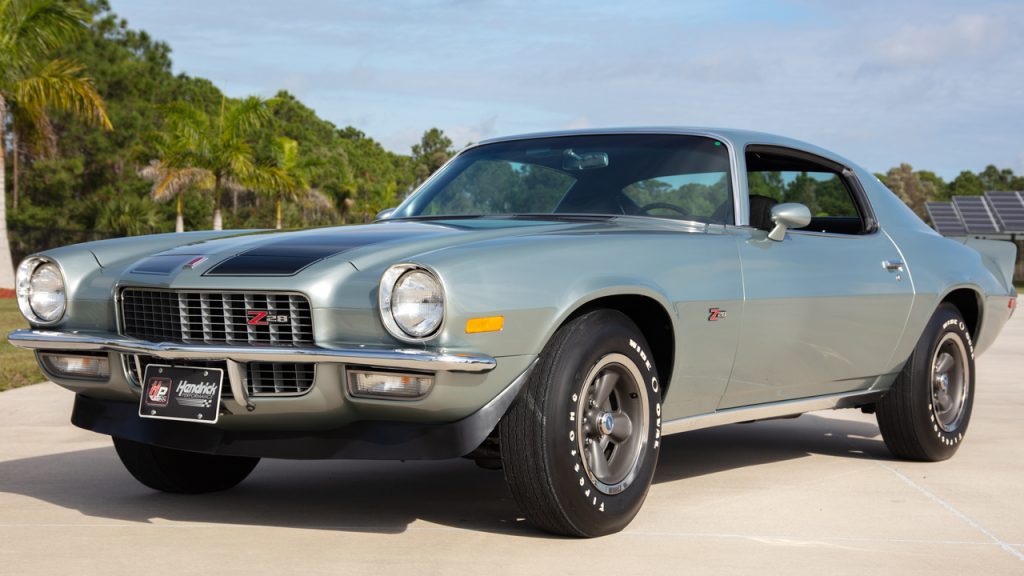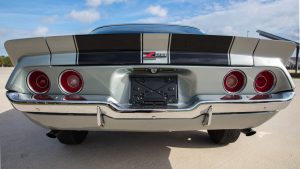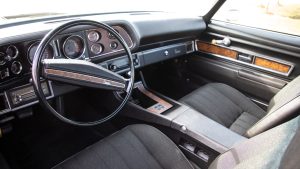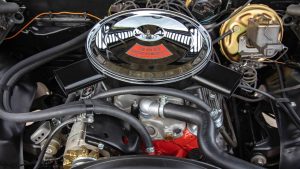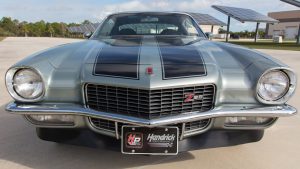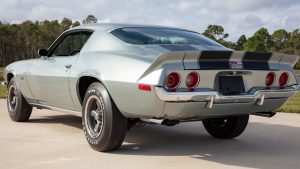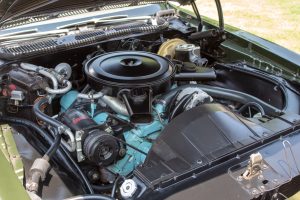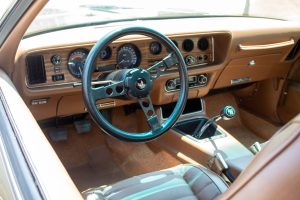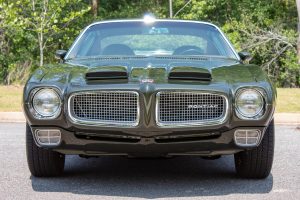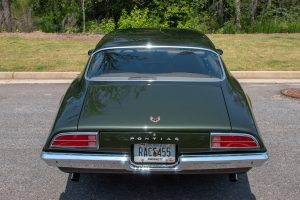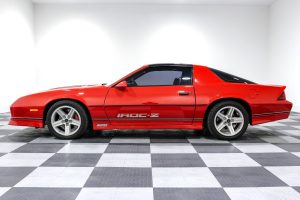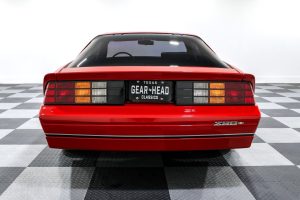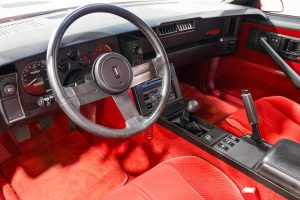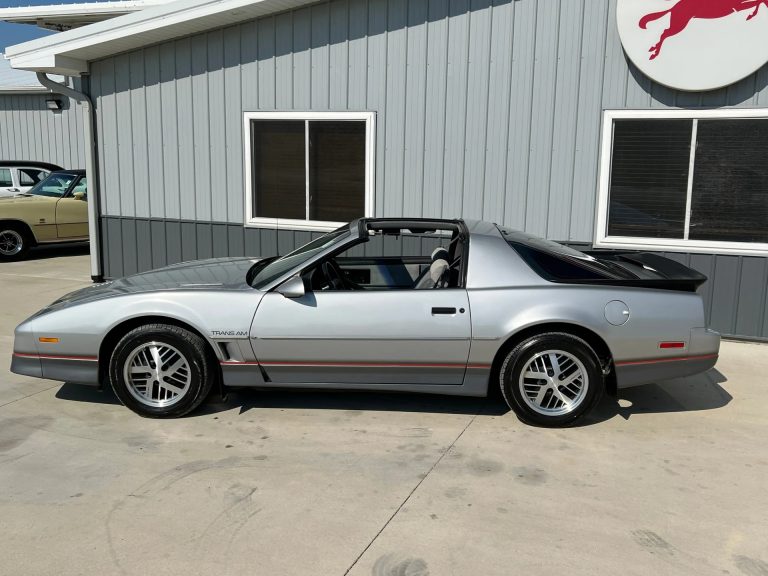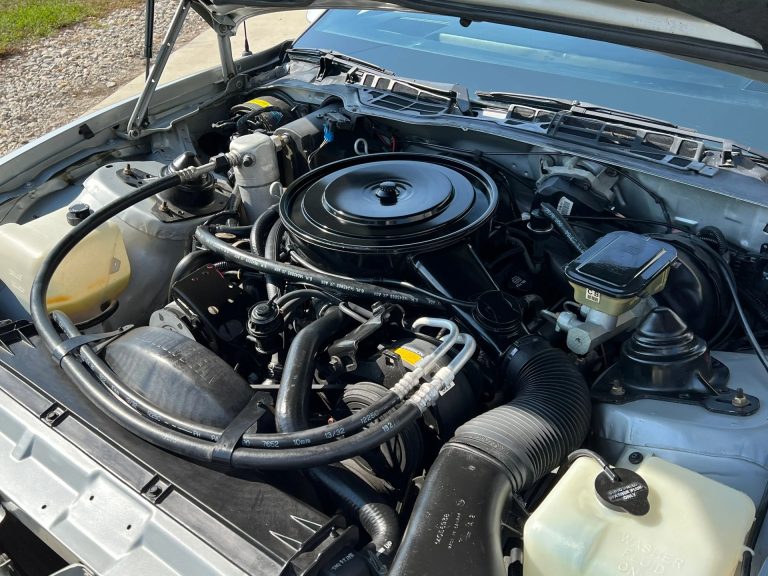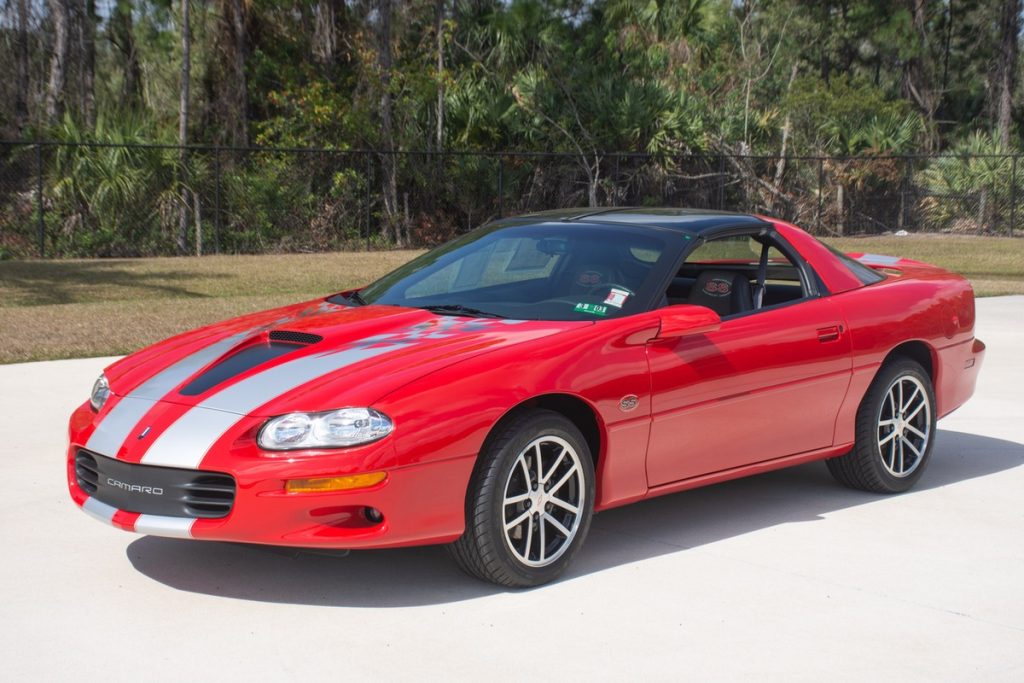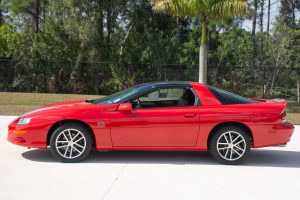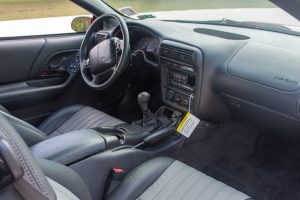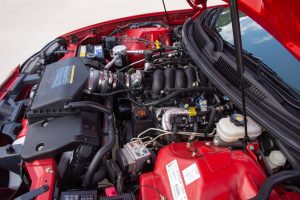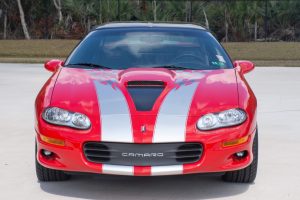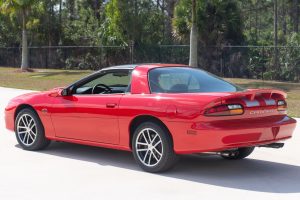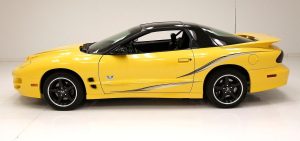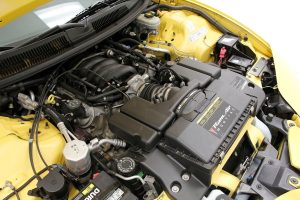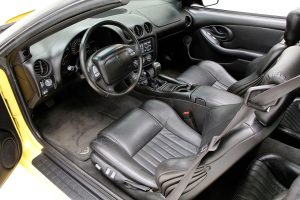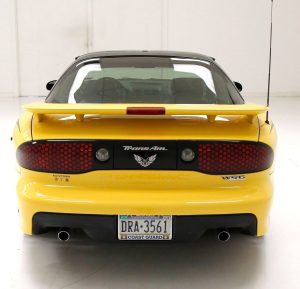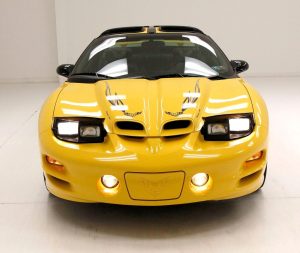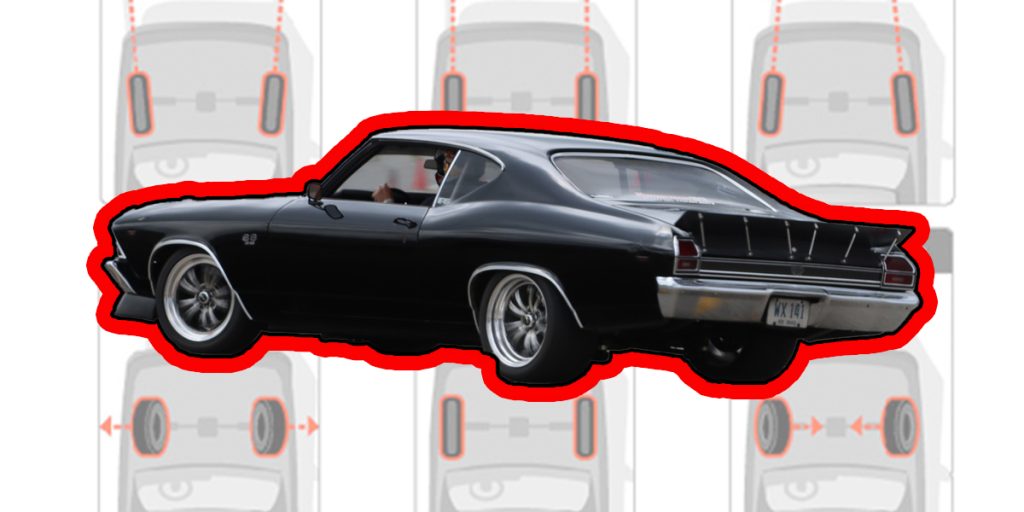Camaro Vs Firebird: A Shared Legacy of F-Body Muscle
On September 29, 1966, Chevrolet launched the Camaro to do battle with the Ford Mustang. Just five months later, Pontiac answered with its own version of GM’s F-body platform: the Firebird. From that point on, the two cars were linked by design and engineering, yet separated by brand identity, performance packages, and a touch of rivalry.
At SS396.com, we’ve always specialized in Chevelle, Nova, and Camaro parts. But now, we’re diving into the Pontiac side of the family with a growing selection of Firebird and Trans Am parts. That makes this the perfect time to revisit the history of both cars, compare them generation by generation, spotlight what made them similar, and what set them apart.
Note: The Camaro carried on past 2002, with its final production year being 2024. The Firebird, however, ended in 2002 along with the F-body platform.
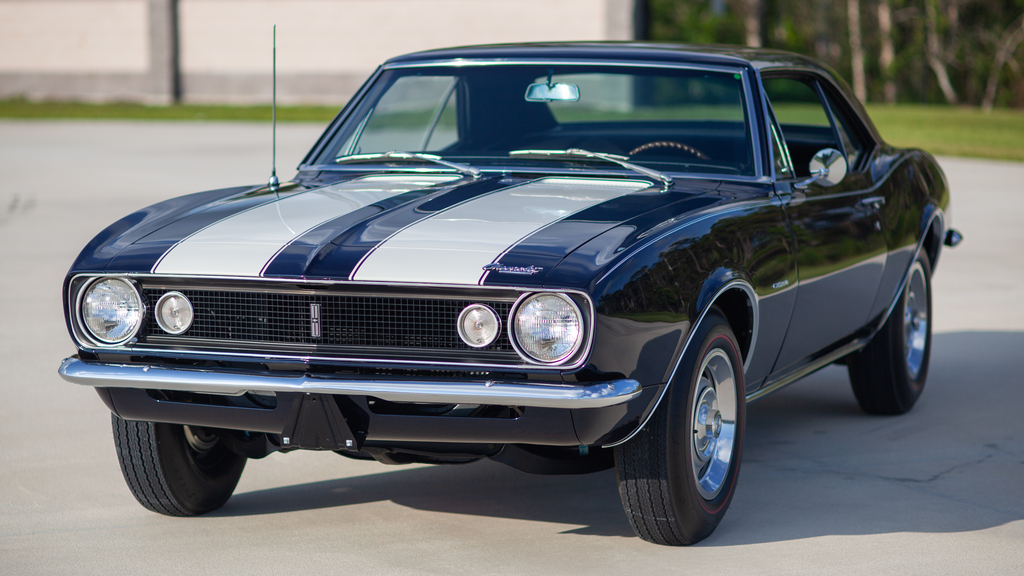
First Generation Camaro and Firebirds (1967–1969)
The first F-bodies shared GM’s brand-new platform: unibody construction, double A-arm front suspension, and a long hood/short deck pony car profile. Both cars had nearly identical proportions, but brand styling cues set them apart.
Camaro: Broad grille, “coke bottle” hips, SS and Z/28 trims.
Firebird: A pointed nose with a split grille, engine-turned dash details, and trims like the 326, 400, and later the Trans Am.
A 1967 Camaro SS 396 vs. a 1967 Firebird 400 shows the platform’s similarities — but look closely at the nose styling and under the hood, and the brand distinction is clear.
A radical redesign brought a lower, wider body with flowing curves. No rear quarter windows distinguished these cars from the first gen. Mechanically, they stayed close with leaf spring rears and updated interiors.
Camaro: Clean front fascia, Rally Sport split bumper option, Z/28 models powered by LT1 small-blocks.
Firebird: Distinctive “beak” nose, shaker hoods on Trans Am models, and wild graphics like the Screaming Chicken.
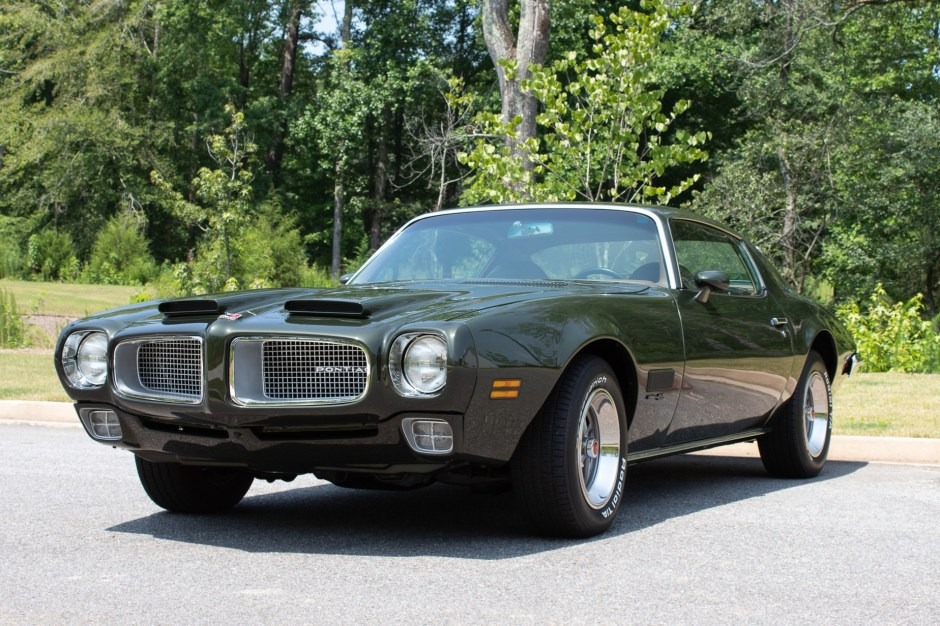
Engines:
Camaro: Inline-6 up to big-block 454, later small-block dominance.
Firebird: Pontiac 350, 400, 455, with famous Ram Air and Super Duty packages.
Chassis/Body:
Same F-body underpinnings, but Firebird front fenders and hoods were unique and not interchangeable with Camaro. Firebird had rear wheel spats and more sculpted quarter panels in later years.
Interiors:
Camaro used Chevy interior styling. Firebird got Pontiac-specific “engine-turned” dash panels, Formula wheels, and high-back seats.
The 1970 Z/28 LT1 vs. the 1970 Trans Am Ram Air IV. Same body structure, but the engines and styling screamed different brand philosophies: Chevrolet’s high-revving small-block vs. Pontiac’s torque-heavy 400.
Third Generation (1982–1992)
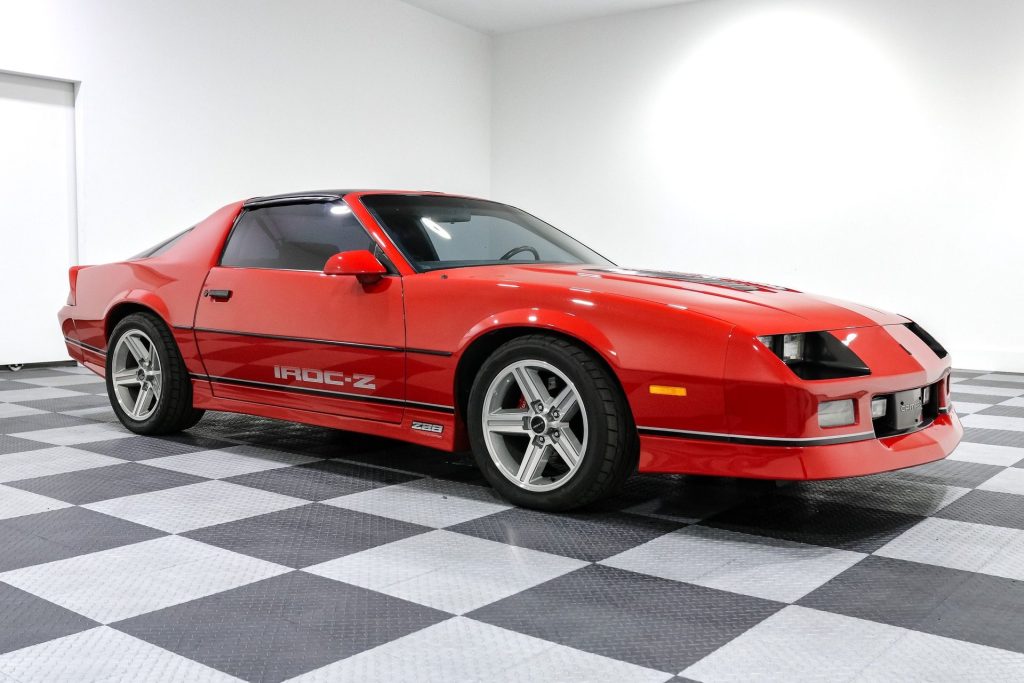
Both cars embraced a wedge-shaped, aerodynamic look, with hatchbacks replacing traditional trunks. Suspension changed dramatically with struts and torque arm rears, moving further from their 1960s roots.
Camaro: Z/28 and later IROC-Z models became 1980s icons.
Firebird: Formula and Trans Am models kept Pontiac flair alive, with special editions like the GTA and turbocharged Trans Am.
Engines:
Camaro: Inline-four (yes!), V6s, and V8s up to Tuned Port Injection small-blocks.
Firebird: Similar GM powertrains but topped with Pontiac-specific trims — most famously the 1989 Turbo Trans Am with a Buick Grand National 3.8L turbo V6.
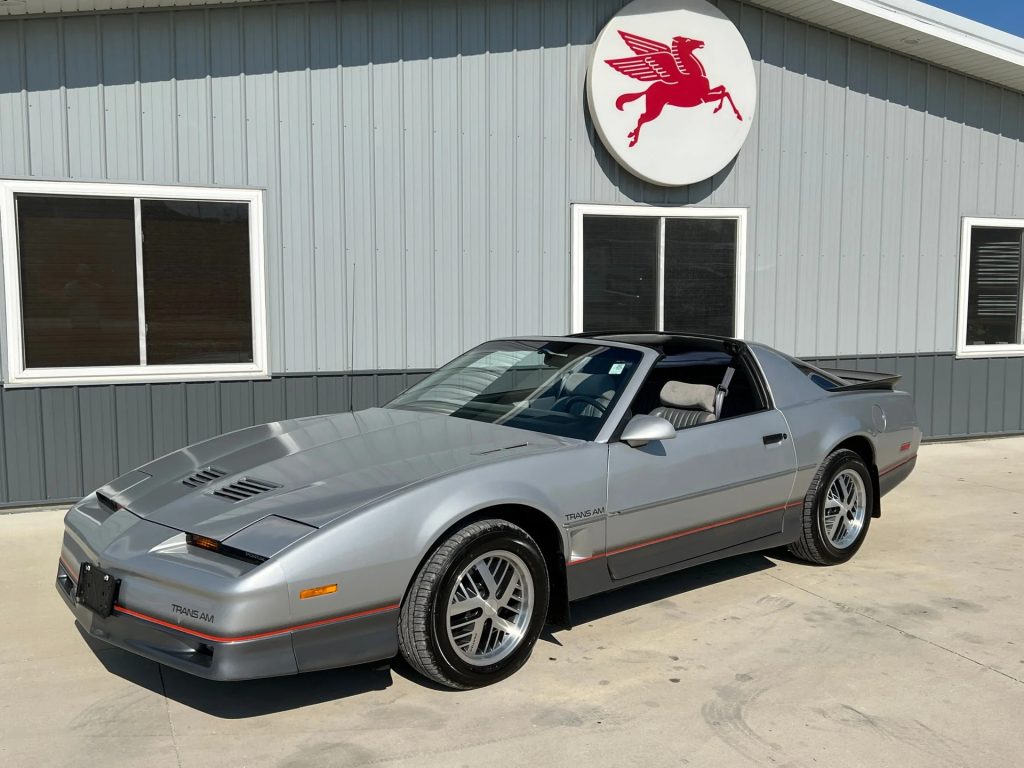
Suspension & Performance Packages:
Shared torque-arm rear suspension, but the GTA had upgraded suspension and four-wheel disc brakes standard in certain years, while those were optional or limited on Camaro.
Interiors:
Camaro interiors were straightforward, Firebird’s GTA package offered digital dash, leather-wrapped options, and higher trim appointments.
Side by side, an IROC-Z and a Trans Am GTA show just how badge engineering and subtle design could create two very different personalities from the same shell.
A sleeker, more modern design with improved aerodynamics. Mechanically, the Camaro and Firebird were nearly twins, but styling diverged again: the Camaro with its rounded nose, the Firebird with its aggressive “beak” and pop-up headlights.
Camaro: Z/28, SS, and 35th Anniversary editions.
Firebird: Formula and Trans Am WS6 with the famous Ram Air hood.
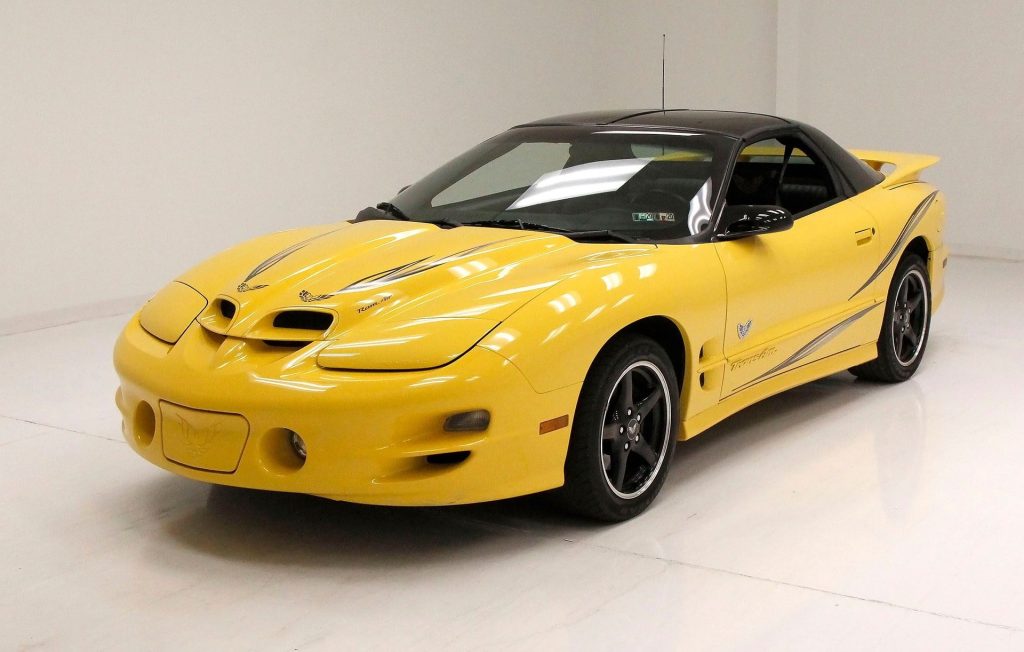
Engines:
Both cars now used Chevrolet engines exclusively: the LT1 in early years, and from 1998 onward, the game-changing LS1. The Firebird no longer had a Pontiac-exclusive motor, but its Ram Air WS6 package gave it one of the most menacing looks of the muscle car revival era.
Chassis/Body:
Doors, roofs, and glass were interchangeable, but hoods, fascias, taillights, and spoilers were unique to each.
Interiors:
Camaro interior was Chevy-simple; Firebird offered “Pontiac luxury” touches like different seat bolsters, optional premium Monsoon stereo, and red backlit gauges vs Camaro’s white/green.
The 1998 Camaro SS LS1 and the 1998 Trans Am WS6 were two cars with identical performance potential, yet wildly different styling identities.
The End of the Line
In 2002, GM ended production of the F-body platform altogether. That year marked the last Pontiac Firebird, closing the book on one of the most iconic pony cars ever built. The Camaro returned in 2010 on an entirely new platform, carrying on until its final year in 2024.
The Firebird may be gone, but its legacy lives on through enthusiasts, restorers, and collectors who keep the Pontiac spirit alive. And now, as SS396.com expands into Firebird parts, we’re proud to help both Camaro and Firebird fans restore, upgrade, and enjoy these legendary machines.
If you need any parts for your Camaro or Firebird, hop on SS396.com or give our friendly techs a call at (203) 235-1200!

